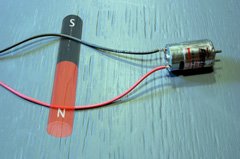GlassKnees
Well-Known Member
I have completed a build of a Tarot 650 Ironman, but during initial test flights, I'm experiencing random twitches and surges from the motors. I've asked for help on this and the DIY Drone forums with no advice. I've reflashed the flight controller, redid all the calibrations, including the ESCs but nothing has helped. I was about to give up and just hang the aircraft on the wall, when I decided to make one more attempt at fixing the problem.
I have pretty much taken the aircraft apart and done a careful visual inspection of all solder joints and bullet connectors. I touched up two solder joints on the MATEK power distribution board I'm using and I've decided to replace all of the ESC lines going to the motor - I've mounted the ESCs underneath the center chassis plate in order to minimize switching effects to the ESCs on the battery side). The reason for replacing the wires on the motor side is I want to twist them to see if there are any unwanted RF effects that might be responsible for the behavior I'm seeing and if twisting the wires will help.
I've searched elsewhere about doing this but haven't found any definitive comments that this helps. So, I'm asking if any of you have any comments/suggestions.
I have pretty much taken the aircraft apart and done a careful visual inspection of all solder joints and bullet connectors. I touched up two solder joints on the MATEK power distribution board I'm using and I've decided to replace all of the ESC lines going to the motor - I've mounted the ESCs underneath the center chassis plate in order to minimize switching effects to the ESCs on the battery side). The reason for replacing the wires on the motor side is I want to twist them to see if there are any unwanted RF effects that might be responsible for the behavior I'm seeing and if twisting the wires will help.
I've searched elsewhere about doing this but haven't found any definitive comments that this helps. So, I'm asking if any of you have any comments/suggestions.

